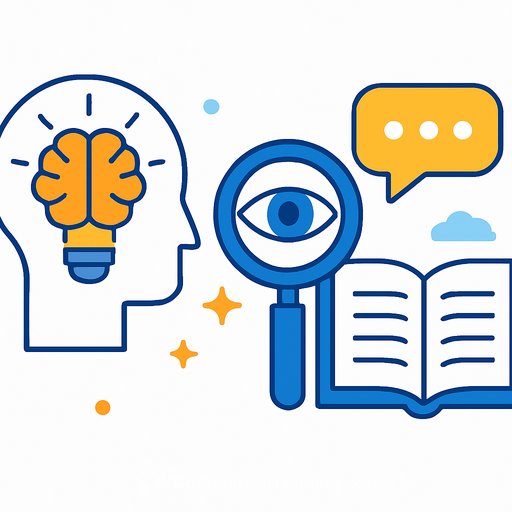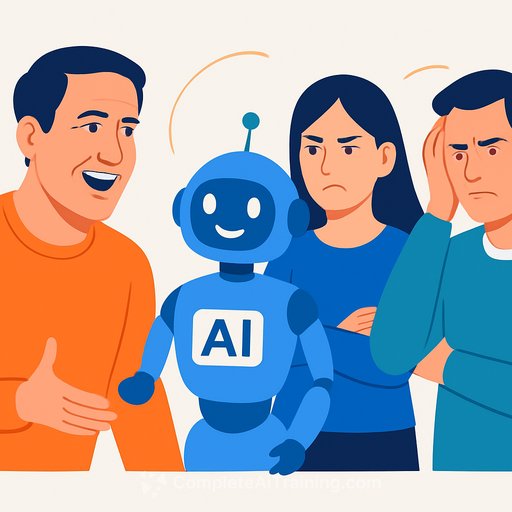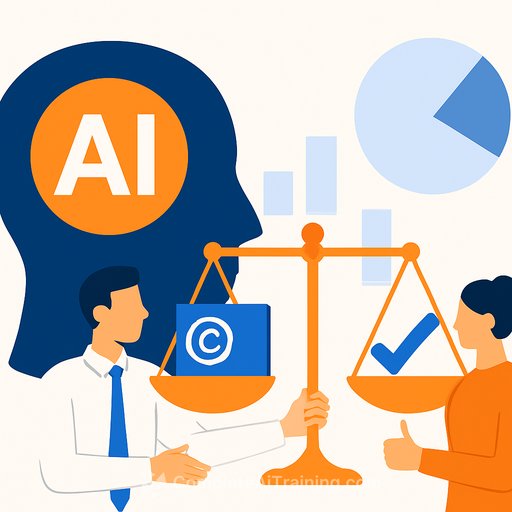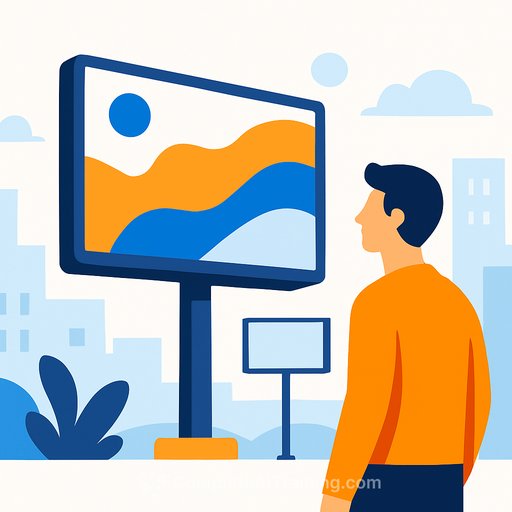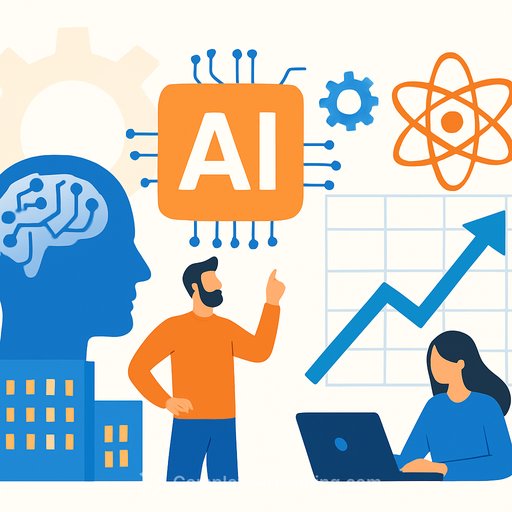3 lessons from Flow Sessions: artists on AI and creativity
Flow Sessions brought together a diverse group of filmmakers and visual artists to test how an AI filmmaking tool could fit into real creative workflows. With open access, mentorship, and workshops, the cohort spent two months building short films - and stress-testing what works.
Here are the three takeaways that stood out for creatives who want to make better work with AI, not just faster work.
1) Embrace a director's mindset
Tools only go as far as your vision. The artists who got the best results treated Flow like a production partner - they led with story, character, cinematography, and stayed open to happy accidents.
"The magic happens when you bring your own vision, art direction, storytelling and point of view to guide [Flow] - that's where something truly original emerges," said participating artist Leilanni Todd. "It's less about replacing creativity and more about expanding the ways you can express it."
- Start with a clear logline and theme. If the idea isn't sharp, the output won't be either.
- Create a simple lookbook: references, palettes, lenses, camera moves. Direct the aesthetics, don't leave them to chance.
- Write a mini shot list. Give the model intent, then allow for one or two iterations where you follow the surprising results.
2) Lean into curiosity - technical know-how isn't a barrier
Range of technical backgrounds didn't predict results. Curiosity did. "The people shaping what's next aren't the ones who know the most - they're the ones brave enough to experiment," said Flow Sessions artist Alex Naghavi. "This is one of those rare moments in creative history when no one has all the answers. Lean into that uncertainty."
- Run tiny experiments daily: one scene, one constraint, five variations. Keep what works.
- Document prompts, seeds, settings, and outcomes. Build your own playbook from patterns you discover.
- Prototype ugly, then refine. Perfection early on slows learning; polish comes after proof of concept.
3) Tell your untold stories
Flow Sessions became a canvas for deeply personal work. Artist Chris Carboni revisited recorded conversations with his grandmother about horror films, blending high-end visuals with her playful recollections - turning a family memory into a digital heirloom.
Artist Katie Luo crafted a visual poem, "The Sun Returned," transforming photos from a visit with her grandparents in Taiwan into dreamlike scenes that explored generational love across language and culture.
- Audit your archives: voice notes, photos, sketches, journals. Personal artifacts make honest cinema.
- Pair simple narration with visual experiments. The human voice anchors even the most surreal imagery.
- Be thoughtful with consent and context when using family media. Protect what matters.
What's next
A new cohort is already underway. If you want to see what's possible or try it yourself, explore Flow at flow.google.
Want more resources for generative video and creative workflows? Check our curated list of tools here: Generative Video Tools.
Your membership also unlocks:

